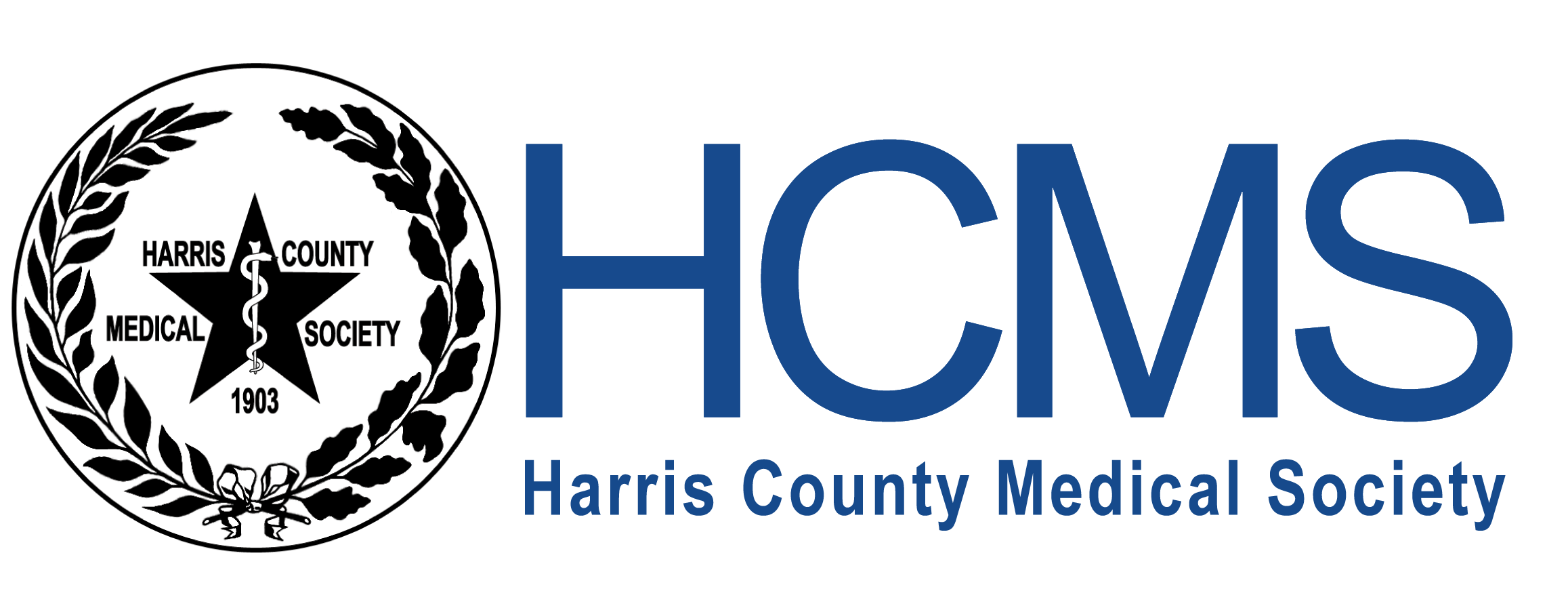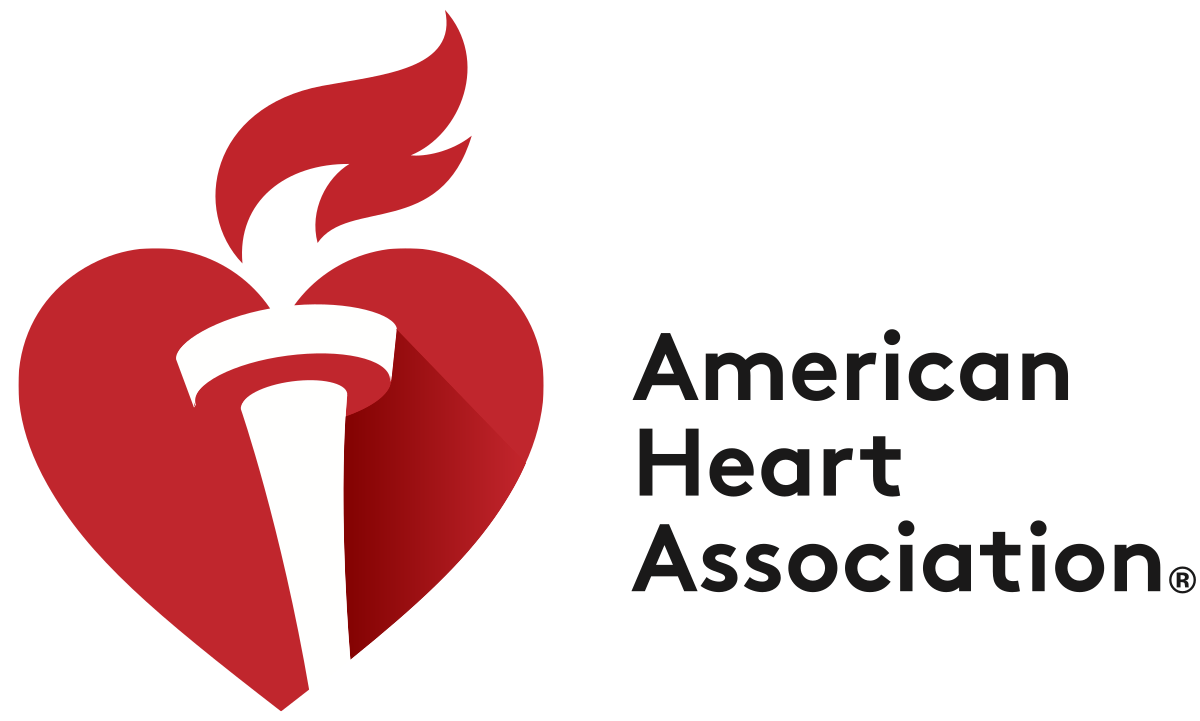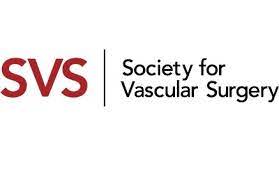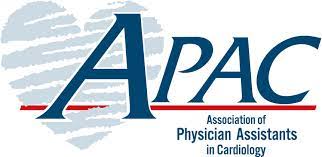Atrioventricular Canal Defect
Atrioventricular canal defect is a combination of closely associated heart conditions that result in holes in the septum, the center of the chambers of the heart. This congenital birth defect causes extra blood to flow through the lungs and adds stress to the heart. Also known as endocardial cushion defect or atrioventricular septal defect, the condition is present at birth and may cause heart failure, an enlarged heart and high blood pressure if not treated promptly. The exact cause of atrioventricular canal defect is unknown, but it is common in children with Down syndrome.
Types of Atrioventricular Canal Defect
There are two types of atrioventricular canal defect, each with its own set of symptoms. They are:
Partial or Incomplete Atrioventricular Canal Defect
A partial atrioventricularcanal defect involves two chambers of the heart. Symptoms may not appear until adulthood and may include irregular heartbeat, high blood pressure in the lungs and heart failure.
Complete Atrioventricular Canal Defect
A complete atrioventricular canal defect involves all four chambers of the heart. Its symptoms usually appear soon after birth and may include lack of appetite, breathing difficulty, poor weight gain and bluish lips or skin. Signs of complete heart failure may also be exhibited which include fatigue, wheezing, water retention and its resulting weight gain, sweating in excess and an irregular or rapid heartbeat.
Symptoms of Atrioventricular Canal Defect
Patients with a partial atrioventricular canal defect may not be diagnosed until adulthood. Symptoms for patients with a partial atrioventricular canal defect may include:
- Arrhythmia
- Congestive heart failure
- High blood pressure
Infants with atrioventricular canal defect may show symptoms within the first weeks after birth. Symptoms may include the following:
- Difficulty breathing
- Weakened pulse
- Skin tone that is blue or gray
- Poor appetite
- Swelling of the abdomen or legs
- Poor weight gain
- Fatigue
Diagnosis of Atrioventricular Canal Defect
A partial atrioventricular canal defect is not usually diagnosed right away. A complete atrioventricular canal defect may be diagnosed during pregnancy with an ultrasound examination or during a fetal echocardiogram. It is usually diagnosed shortly after birth. The condition may be diagnosed due to breathing difficulties, or a heart murmur detected during a physical exam of the infant. An echocardiogram is necessary before making a diagnosis of atrioventricular canal defect. Using sound waves, an ultrasound produces images of the heart, which allows doctors to see how blood is being pumped through the heart. Cardiac catheterization may also be performed to diagnose an atrioventricular canal defect.
Treating Atrioventricular Canal Defect
Both partial and complete atrioventricular canal defects require surgical treatment. The procedure patches any holes in the septum. The septum's tissue will grow over the patches in the heart. Children can live normal active lives after the surgery, although they will need to be monitored by a cardiologist to avoid complications.













